Hope to Nope: Graphics and Politics 2008 - 2018
Q&A with Brixton Pound/Brixtopia
To mark the Hope to Nope: Graphics and Politics 2008-2018 exhibition, the Design Museum speaks to "This Ain't Rock'n'Roll", the designers behind Brixton Pound/Brixtopia.
Around 250 businesses in Brixton accept the Brixton Pound currency, which operates in parallel to Sterling. It was conceived to support the local economy by keeping the money flow between residents and local businesses. The notes are colourful and boldly designed, featuring local heroes, such as David Bowie , and celebrates Brixton culture. The zigzag design represents local landmark, The Barrier Block. Like conventional banknotes, Brixton pounds have security features including watermarks and embossed numbering.
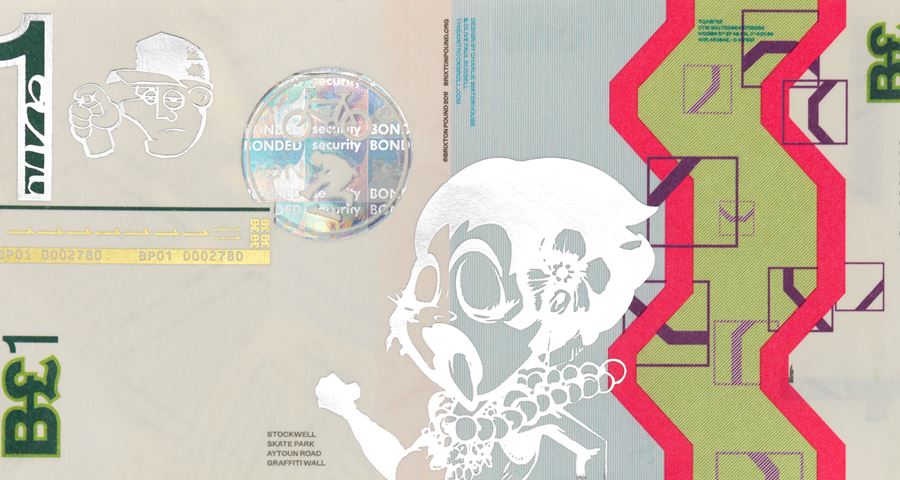
Q:
Tell us about the Brixton Pound Currency and why you chose to set this up?
Do you want the facts, or the magic? The facts are the Brixton Pound is the world’s first local currency in a major city. You can use it in about 200 independent Brixton businesses, and the whole idea is that it encourages repeat spending within the local area (as opposed to spending with chains and multinationals, where the money swiftly leaks to shareholders who have no interest in the local community).
But in today’s post-truth world, who wants facts? The magical thing about the Brixton Pound is much more interesting. Because once you’ve bought a real thing, from a real person in a real shop with money that is so UN-real, what else is possible?
The Brixton Pound is a wonderful totem of possibility. A signal that it is possible to reject the capitalist consumerist mantra. In a world so obviously in thrall to double standards, the Brixton Pound shows the lie to that oft-repeated lie that there is no alternative.
Well there IS an alternative, and its living and breathing in Brixton, south London!
Q:
Your project lies under the umbrella of the Transition Town Network. What’s the initiative about?
Absolutely, the Brixton Pound was started as (and remains a project of) Transition Town Brixton. The Transition Network is, in its own words "a movement of communities coming together to re-imagine and rebuild our world", which means many different things. It can be about fostering community, supporting local economy, exploring alternative approaches to environmental challenges. Rob Hopkins, founder of the movement has put together a great overview of projects around the world: 21 Stories of Transition. It’s a free PDF download: https://transitionnetwork.org/resources/21-stories-of-transition-pdf-to-download/
Q:
What’s to stop counterfeiters scuppering the whole scheme?
When we designed the notes we were adamant that they had to be better than the crushingly dull Bank of England alternative. I mean, why spend money adorned with glum establishment faces when you can have David Bowie? And this approach to design likewise applies to the security features. The combination of unique paper, holograms, inks and state-of-the-art print techniques like sequential numbering in metallic ink means that the Brixton Pound has more security features than Sterling.
It’s funny you ask this question though... would you even question the security of Sterling? Probably not. But even conservative estimates placed the level of fake £1 coins at 3% before they were replaced by the new bi-metal design. And what about the Visa/Mastercard debacle recently – how safe are our electronic payments if the system can crash so spectacularly?
Money can only exist because we collectively believe in it. And it’s in the interests of the establishment that we only believe in national or regional currencies. Scratch beneath the surface though and 'trust' quickly looks flaky.
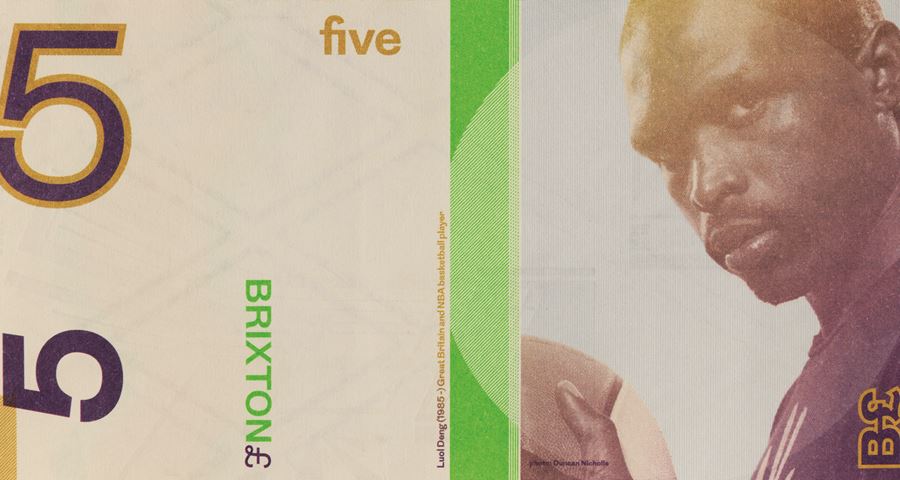
Q:
In addition to the threat of crime, there have been cases of “leakage”, where notes have being offered on ebay to people outside of the community. How have you dealt with this?
There’s no restriction on who can have a Brixton Pound! If people are daft enough to spend £40 on a note with a face value of £10 it’s up to them isn't it? I think it's more an 'internet' thing than a Brixton Pound thing. Ebay is a minefield of chancers and bad deals.
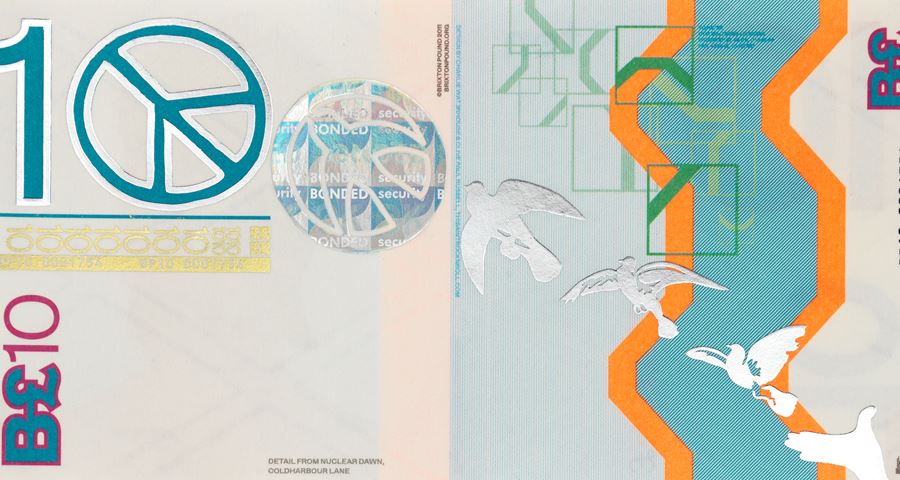
Q:
Why did you choose to launch the currency in Brixton?
We didn’t – Brixton chose us! There are certain places where these kinds of things happen. Where people gather and resist, where creativity and protest go hand in hand, where tolerance and empathy are valued and celebrated. Brixton is one of those places.
It’s part of the thinking behind the founding of Brixtopia – the nation state-of-mind whose flag is on show at Hope to Nope. It’s a Brixton Pound experiment of sorts, and exploration of what could happen if the values of the area were exported. What would it be like if the "Brixtons" that exist all over the world could self-identify and organise, irrespective of national borders and barriers.
Q:
How do you convince the myriad communities and ethnicities to buy into the idea of a local currency and did you experience any resistance?
I'm not sure I like this question. Is the colour of your skin actually relevant to whether you think the Brixton Pound is a good idea? Some people absolutely love it; some people probably think it’s pointless. And there's always resistance. But that’s essential – if there wasn’t resistance I'd be very suspicious... it means you’re not doing things right if you don’t wind up a few people!
Q:
As an alternative to the Queen, you decided to print local heroes on the banknotes. How did your collaboration with David Bowie come about?
It was all fairly simple. We reached out to his people in London and New York, and the rest is history. The people at the Duffy Archive were completely cool about using the iconic Aladdin Sane shot, and everyone from Bowie’s camp have been really lovely, really helpful all along, which is exactly what you’d hope. You get the feeling that Bowie was a very kind figure. He loved the note by all accounts, and before he passed away, he gave us permission to produce a limited edition A3 print of the note. Check it out: http://brixtonpound.org/shop , all proceeds support the B£.
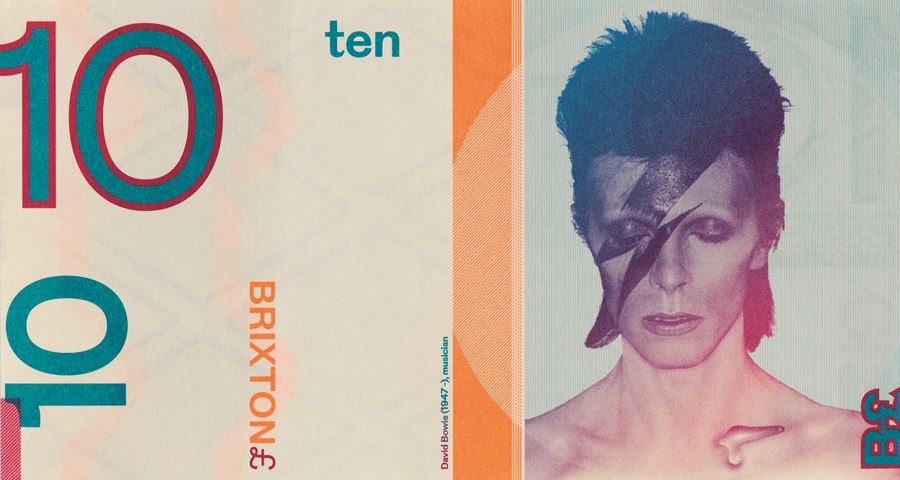
Q:
How did you determine which popular local celebrities would appear on your banknotes? Did you face any disagreement about your choices?
We consciously decided to follow the banknote convention of featuring the 'great and good' on our money because, Brixton being Brixton, our 'great and good' are exactly the kind of people that can pull the rug from such establishment practices. So we’ve a black archivist, Len Garrison, a refugee (Luol Deng), a shop girl-turned war hero (Violette Szabo) and, of course a shape-shifting space alien. Only in Brixton, eh? There was a great story on Vice when the notes came out – a reporter was sent down to Coldharbour Lane to see if drugs could be bought with the notes. The very polite dealers declined, but were suitably impressed to see brothers on money for the first time.
So our people kind of chose themselves – we could have had the cross-dressing pioneer and Victorian superstar Dan Leno, or the amazing Claudia Jones who founded carnival – or countless others.
What united all of the candidates was the fact that they say so much more about what it's like to live in modern London than Sterling does.
Winston Churchill? Jane Austen? The Queen? They scream status quo and class and status. They demand we put up, shut up and keep looking the other way while an elite attempts to run off with the trough.
Brixton’s crazy space money moves the goalposts!
Q:
You’ve also worked with Turner Prize-winning artist Jeremy Deller to create a psychedelic note for the Brixton Pound’s 5th Anniversary. Take us through the design thinking behind this?
Well, the creative thinking you see on the note is all Jeremy’s... there's plenty to get thinking about though – with the psychedelic face on one side and the extract from Marx on the other side.
From our point of view though we wanted to make a point about value and art and collectability. Here we have a genuine limited edition piece of art by one of the country’s finest artists. Yet it only costs £5. And if you want, you can buy this amazing thing, and exchange it for goods worth £5. So is the note worth more spent or unspent — and would you even want to part with it once you have it?
The fact that Deller came out with something so beautiful was a bonus – and it was great that we were talking up Marx before it became all trendy again.
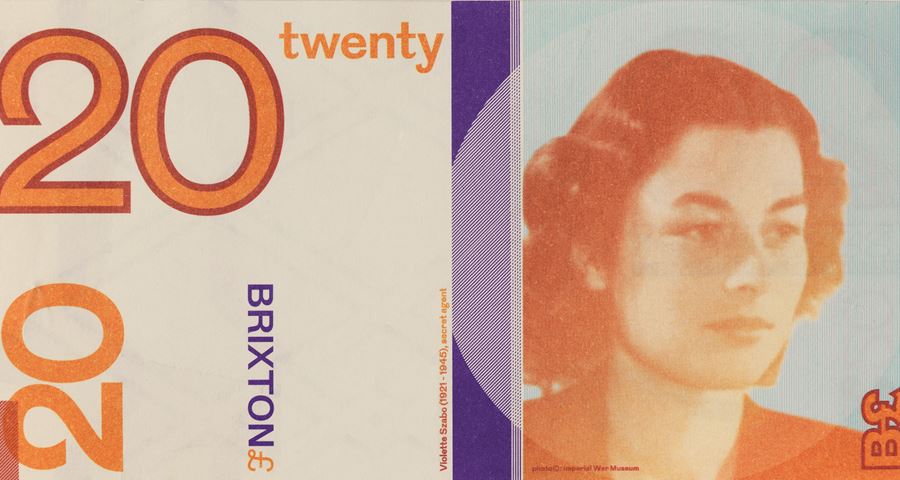
Q:
In the last twelve months, you’ve set up a pay-as-you-feel café. Can you tell us the concept behind this venture?
We’d had a town centre shop for about a year, but had to clear out because Network Rail are being Network Rail. When we found new premises it had previously been a café. So we thought – if the Brixton Pound was a café what would that look like – and it all went from there. Pay-what-you-can allows us to help people who couldn't otherwise afford a decent meal, as well as enabling us to have conversations around value and payment. And then we also use ingredients that would otherwise be sent to landfill. Last year we saved over three tonnes of food.
The space is brilliant – a genuinely welcoming and inclusive space for Brixton to meet. It’s a rebel HQ, and quite wonderful.
Q:
What’s the one thing you’d like people to remember about your artwork when they leave the Hope to Nope exhibition?
That action is the antidote to despair.
Q:
The Hope to Nope exhibition is a retrospective of the last ten years in politics and graphic design. Which event do you remember the most from the past decade, which has left the most impact on you?
I'm not sure it’s just one thing really – more a confluence of things. We’re living in such strange doublethink at the moment. A world where Rees-Mogg and Kim K’s backside can mysteriously hold great swathes of us in thrall, where double standards are the norm. Where 'shitgibbons' lead countries and 'gammon' rages at every opportunity. Yet while all this happens, the 1% get richer and richer and richer, and some of us are left wondering what it'll take for the good, honest, decent majority to wake from its coma and do something. So with that in mind I guess the one event – and it’s in the exhibition – that sums up both the nope and the hope (inherent in modern Britain at least) is Grenfell.
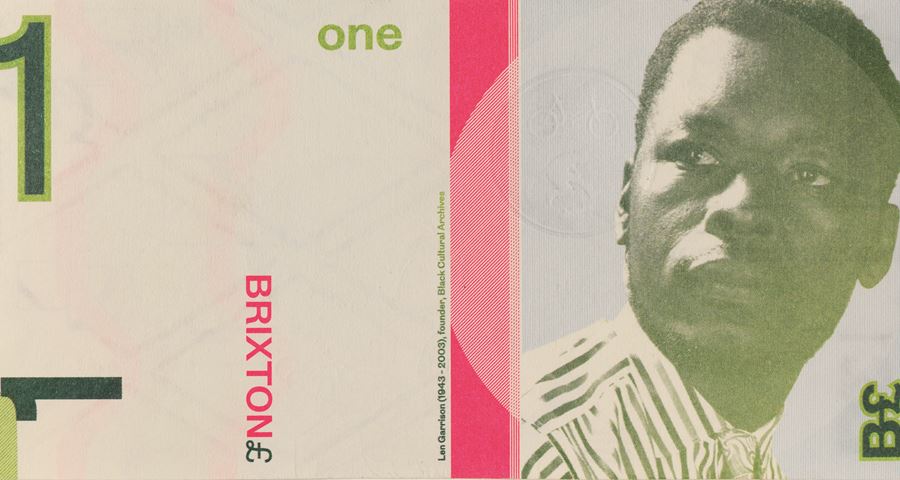
Find out more